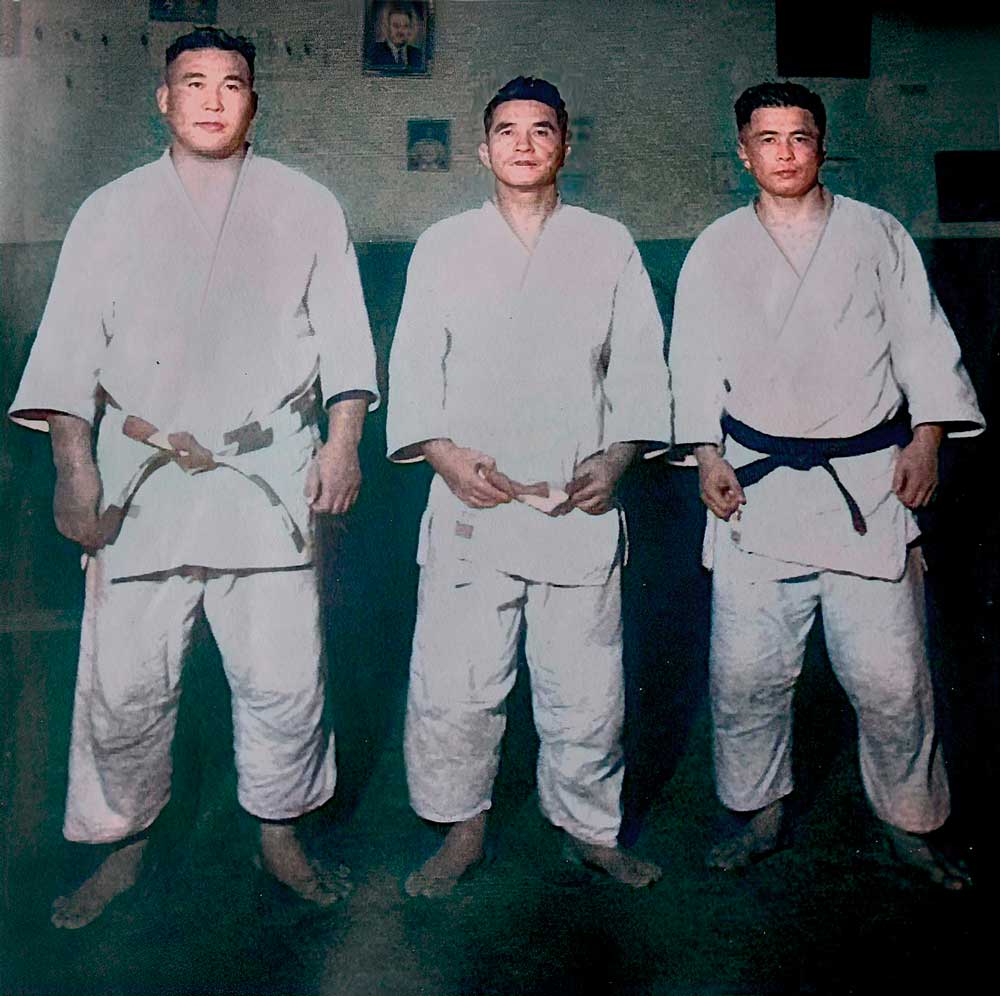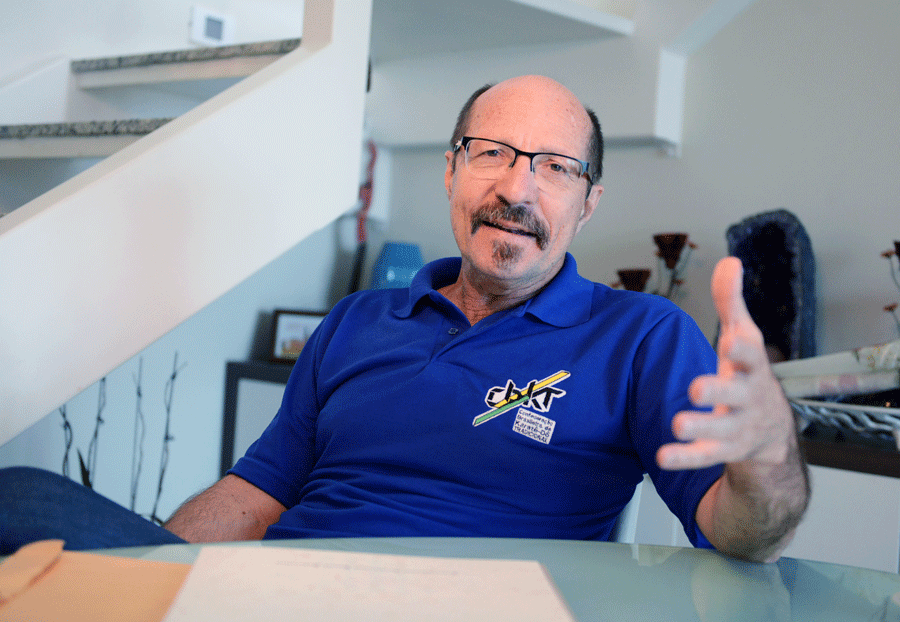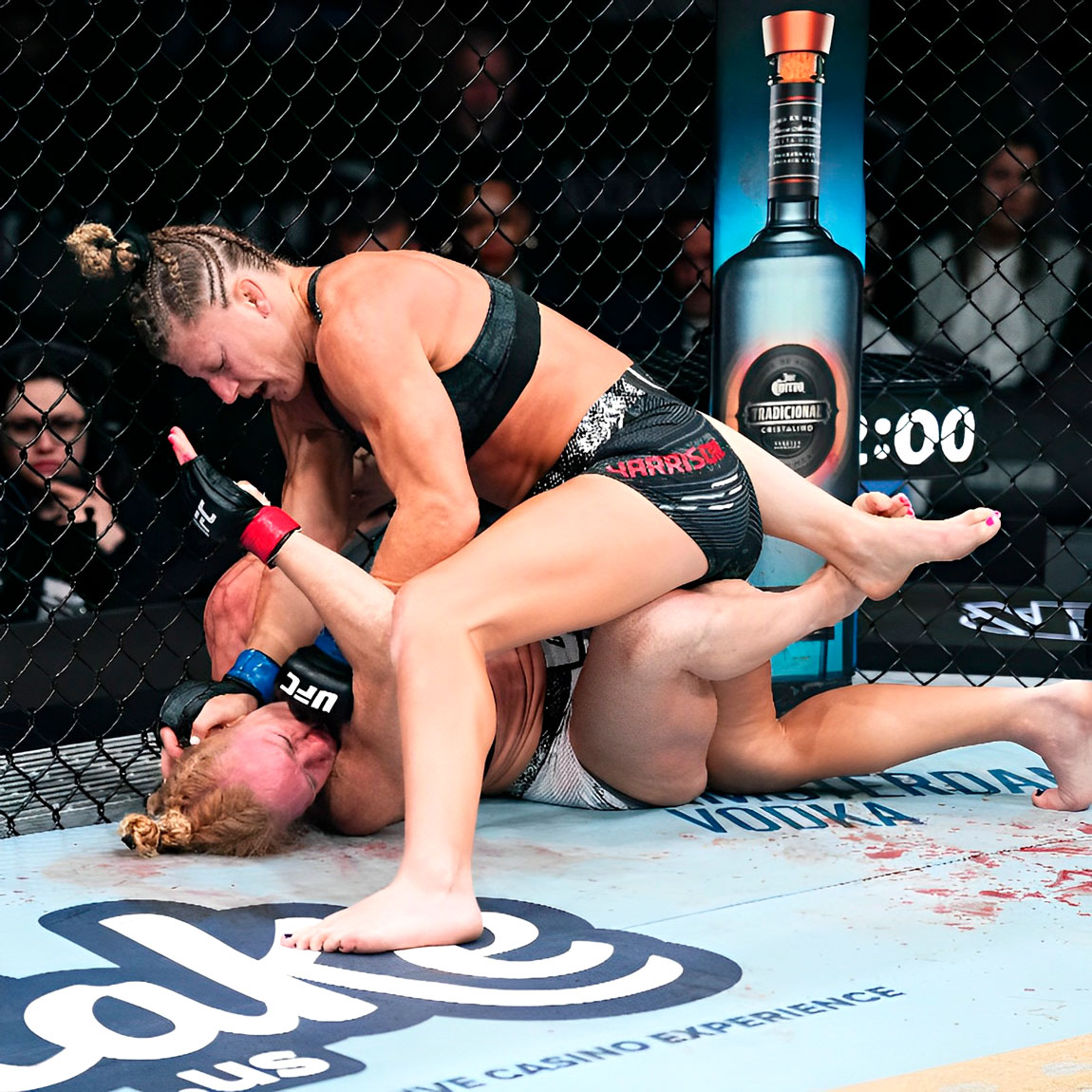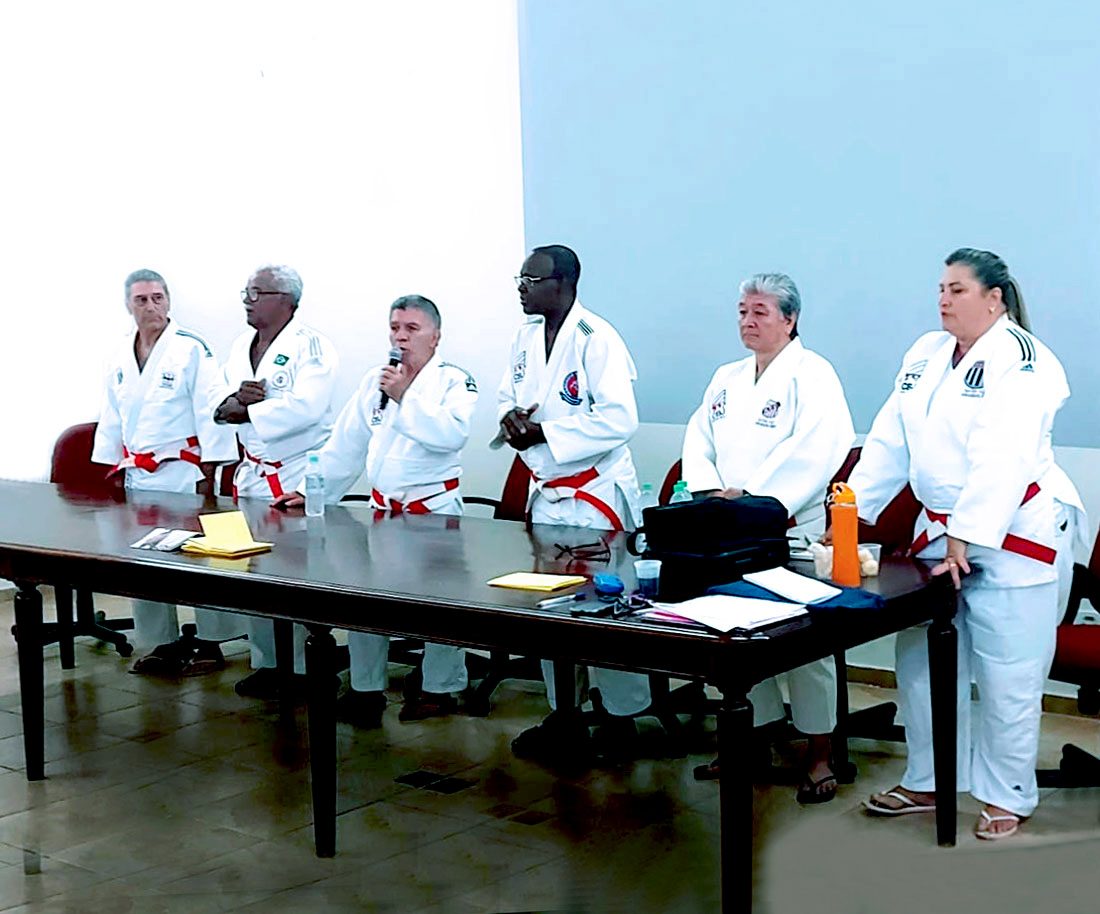17 de abril de 2024

 Gilberto Gaertner, Chairman of the International Traditional Karate Federation
Gilberto Gaertner, Chairman of the International Traditional Karate Federation
New manager wants to review administrative areas and financial services, to create marketing and communication departments, aimed at the more visible dissemination and the collection of financial contributions.
Interview With New Itkf Chairman
10/12/2017
Por By PAULO PINTO | Fotos Photos BUDOPRESS
Curitiba – Brazil
Black belt 8th dan by the International Traditional Karate Federation (ITKF), Gilberto Gaertner participated actively in the construction of the modality in the State of Paraná and in Brazil. Now he takes a more ambitious step in starting his career as the top manager of the sport in the world. Born on December 11, 1956, in Curitiba (PR), Gaertner is a Sports Psychologist with a Doctor degree in child studies focusing on physical education, leisure and health. A university professor, he was an Olympic medalist integrating the Brazilian men’s volleyball team at the Rio 2016 Games. Master Takuo Arai’s student also trained with Taketo Okuda, Yasutaka Tanaka, Hiroyasu Inoki and Tasuke Watanabe. He has been the technical director of the Bodhidharma Academy for 42 years and teacher and coach of several prominent athletes, such as world champions Giordana de Souza, Vinícius Pinto and Ricardo Buzzi.
BUDO – How did your election to the ITKF presidency occur?
Gilberto Gaertner – In the personal aspect, I believe it was a construction that began in 1988, when I assumed the technical direction of the Paranaense Federation of Traditional Karate-Do. Following that, I was elected president of the entity and served for two terms. In 1996 I became technical director of the Brazilian Confederation of Traditional Karate-Dô (CBKT), a position that I occupied for 14 years until I was elected president and also served two terms.
BUDO – Did you hold ITKF positions?
GG – Yes, I started as a director in 2010, and then I joined the steering committee. One aspect that weighed in this choice was the expressive participation that Brazil has had since the creation of the ITKF in all the events of the organization. CBKT has always been a partner and has supported the organization. The major tournaments held in Brazil, such as the 2010 Pan-American and World Championships, as well as international courses, have strengthened CBKT’s credibility in the management area. Another important point in this process was the meeting of the ITKF steering committee in July in which the first indication of my name was made. At the Masters Course held in Brazil, I had the opportunity to discuss at length with Professors Eligio Contarelli and Richard Jorgensen about the future of ITKF.
BUDO – Was there wear and tear on the current management?
GG – This is an important aspect. There was a natural wear and tear, and I believe this happened after the turbulence that affected the world-wide karate situation. Time imposes the need for change and we have to be ready and have the courage to do it. By this set of factors I believe that I ended up being, at this moment, the ball of the time.
BUDO – How will the transition process be?
GG – I hope the process is calm and balanced. We can not turn the institution upside down and reinvent the wheel. Professor Jorgensen remains part of the steering committee and technical area, which ensures natural continuity and facilitates the process. It should be remembered that Professor Jorgensen sailed in turbulent waters in recent years with the lack of master Nishiyama, the divisions of the group, the dispute for the brand and the issue of the Olympic Games, among other problems. I congratulate him on his work, persistence and dedication throughout this time, which undoubtedly imposed numerous personal and professional sacrifices. The great merit of his management was the maintenance of the ideals and legacy left by sensei Nishiyama.
BUDO – What are the main challenges of this new management?
GG – I understand that our great challenge will be the reunification of traditional karate on a global level around the ITKF. Following the death of Master Nishiyama, events similar to those observed at JKA occurred after Master Nakayama passed away: divisions, disagreements and dissent. It is a common process in organizations that lose strong and charismatic leaders. We must overcome this moment, as these issues weaken our institution. It is important to remember that in divisions and divergences no one wins, everyone loses. Our proposal is for dialogue and reconciliation. We need to think beyond the ego and give opportunity for dialogue, but focus on the institution and the legacy we will leave to future generations. It should be remembered that the broad and refined knowledge about traditional karate developed by Master Nishiyama was not centered on a person, was sown throughout his life and widely disseminated around the world. Therefore, false prophets and self-styled heirs of traditional karate are totally decontextualized.
BUDO – What are the decisive strategies for ITKF to grow again?
GG – At first it will be necessary to know the current situation of the institution in administrative and financial level, to review in detail the statutes and all the regulations in force. From there we intend to implement a new management, based on a short and medium term strategic planning. We will evaluate the administrative and financial areas and expand the staff. It is necessary to create marketing and communication departments aiming at a more visible global dissemination through digital media and the raising of financial contributions. Another point is to review and strengthen current partnerships and establish strategic partnerships with other institutions. Working closely with the regional directorates established in the Americas, Europe, Africa and Asia are other initiatives in focus. But for these ideas to flourish, effective participation and commitment of all affiliated countries will be essential.
BUDO – Traditional karate has several modalities of dispute, how to equate so many competitions?
GG – The forms of competition developed in the traditional are quite numerous, but on the other hand, they are a differential. We aim to revitalize the regional events (Panamerican, European, African and Asian), rescue the Nishiyama Cup and reformat the world championship. Other points to be discussed are the simplification of the rules and the optimization of the operational area of the arbitration.
BUDO – What do you envisage for the future of traditional karate?
GG – I see the path of education and health as the great vocations of traditional karate. Just remember that at the beginning of last century, on the island of Okinawa, Master Funakoshi systematized and adapted the To-De to be taught in the island’s basic schools. In the main islands of Japan karate was introduced and thrived within universities. Already in the last decades of the 20th century, Master Nishiyama developed a similar work, in the sense of rescuing the basic principles and ethical-philosophical basis of karate from a scientific and updated version. At the present time we have several researches that indicate that the physical activity, besides the benefits that it provides for the general health, positively impacts the emotional and cognitive field. Traditional karate practices, in addition to self-defense and physical benefits, when well targeted, can also have significant effects on the cognitive-emotional sphere. The socio-educational field is also of vital importance and traditional karate as a central project tool in this area produces surprising results. In evaluations that we made in several socio-educational projects in Brazil, which attended more than 30 thousand children, it was observed a significant improvement of aspects such as concentration and attention, discipline, socialization and school performance, among others. In short, the possible axes for traditional karate are: personal defense, health, education and development of human values. I also believe that traditional karate should continue its evolutionary process with the contribution of the sports sciences and neurosciences.

17 de abril de 2024

16 de abril de 2024

16 de abril de 2024